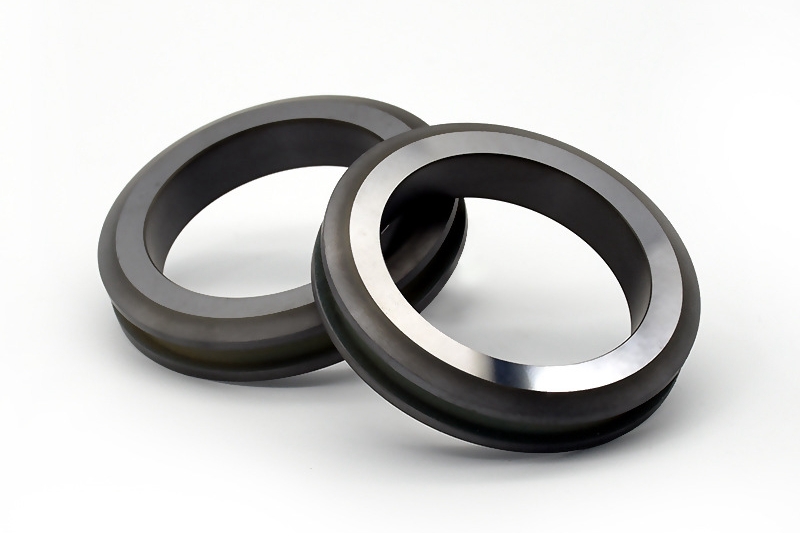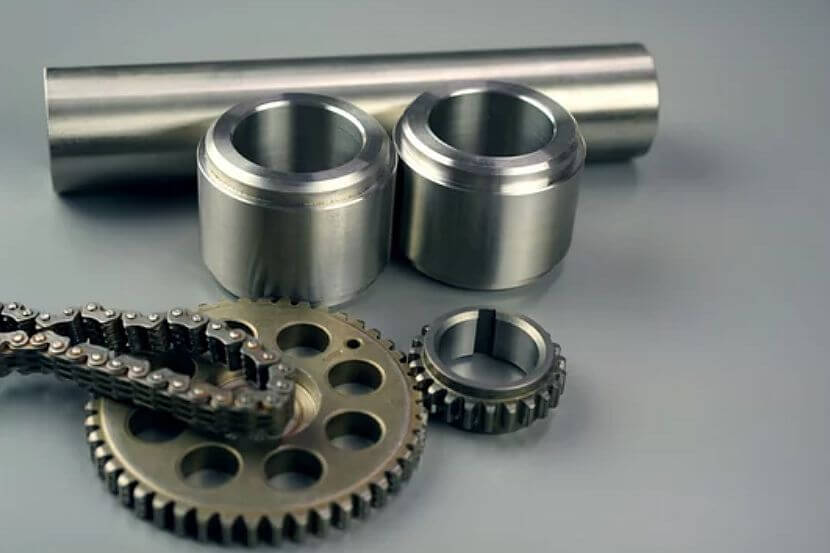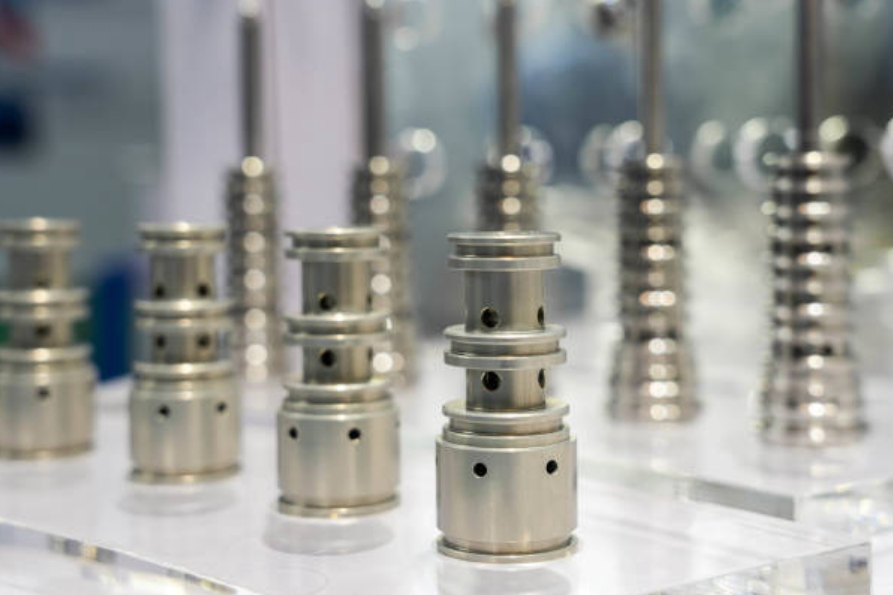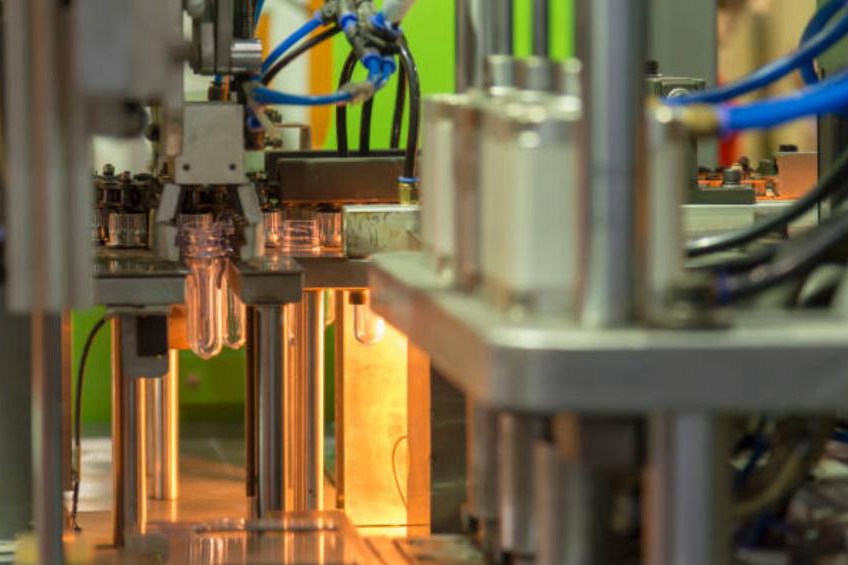What is Powder Compression Molding Process?
Powder compression molding is a manufacturing process used to produce parts from metal or ceramic powders. Compared with the ceramic injection molding-CIM and metal injection molding-MIM process, It involves compacting powder materials into a desired shape by applying pressure, producing metal or ceramic parts at a lower cost and lower complexity.

Materials
The most common materials used are metal powders such as iron, steel, aluminum, copper, nickel, and their alloys. Various grades of stainless steel powders are also commonly used. Metal oxide powders like alumina, zirconia, ferrites, and non-oxide ceramics like silicon carbide and silicon nitride are compressed for ceramics. The powder particle size and distribution are controlled carefully based on the final part properties needed.
Mold Tooling
The mold tooling consists of a die cavity made from highly hardened tool steel or tungsten carbide. The top and bottom punches or rams apply a compressive force on the powder. For high production, multi-cavity molds are used. The mold surface is polished to a fine finish to impart smooth surfaces on the compacted parts.
Binder Systems
Binder materials are added to the metal or ceramic powders to assist in molding. Binders provide lubricity for powder flow and green strength in compacted parts for handling before sintering. Typical binders are wax, thermoplastic polymers, and other organic agents added up to 5% by volume.
Process
The mold cavity is first filled with the powder blend using a controlled rheology feeder. The powders are then compacted between the punches at 100-300 MPa pressures. It may be done at room temperature or with applied heat. The pressure, temperature, and time are optimized to achieve high densities in the compact, usually over 7.0 g/cc for metals. The green part is then ejected and sintered.
Sintering
After binder removal, the green parts are sintered at temperatures close to the melting point to fuse the particles by atomic diffusion and densify up to total density. For steels, sintering is done at 1120-1350°C in hydrogen. Ceramics like alumina and zirconia are sintered between 1500-1800°C. The final part may also undergo secondary processes like coining, heat treatment, machining, and surface finishing.
Applications
Powder compression molding is ideal for producing small, complex metal and ceramic parts like gears, bushings, magnets, cutting tool inserts, terminals, valves, contacts, and refractory components. Automotive and electronic component manufacturing are significant examples. The process also enables the making of porous parts like filters and wicks.
Advantages
- High production rates and low cost per part.
- Net shape or near-net shape capability.
- Excellent dimensional tolerances and surface finishes.
- Various metals, alloys, and ceramic materials can be molded.
- Heat treatment can enhance the properties of molded metal parts.
- Porous components possible by incomplete sintering.
Limitations
- Part size is typically restricted from a few grams to 0.5 kg.
- Aspect ratios cannot be very high, unlike dry pressing.
- Fine microstructures are harder to achieve compared to casting.
- Secondary machining may be needed for high precision.
- Sintering can cause shape distortion and defects.
-Lower part complexity compared to MIM/CIM process
Powder compression molding is an efficient and precision metal and ceramic forming process suitable for producing small, intricate, and high-quality parts at a relatively low cost, making it ideal for mass production applications.
Why Neway for Compression Molding
With over 30 years of experience, Neway has mastered the art of powder compression molding. Our expertise in crafting intricate metal and ceramic parts through this specialized process is unmatched. By optimizing every step, from precisely blended powders to computer-controlled compression presses to state-of-the-art sintering ovens, we produce components with unerring accuracy and repeatability. Take advantage of our know-how and comprehensive capabilities by trying Neway in 2023 - new customers receive 20% off their first order!



